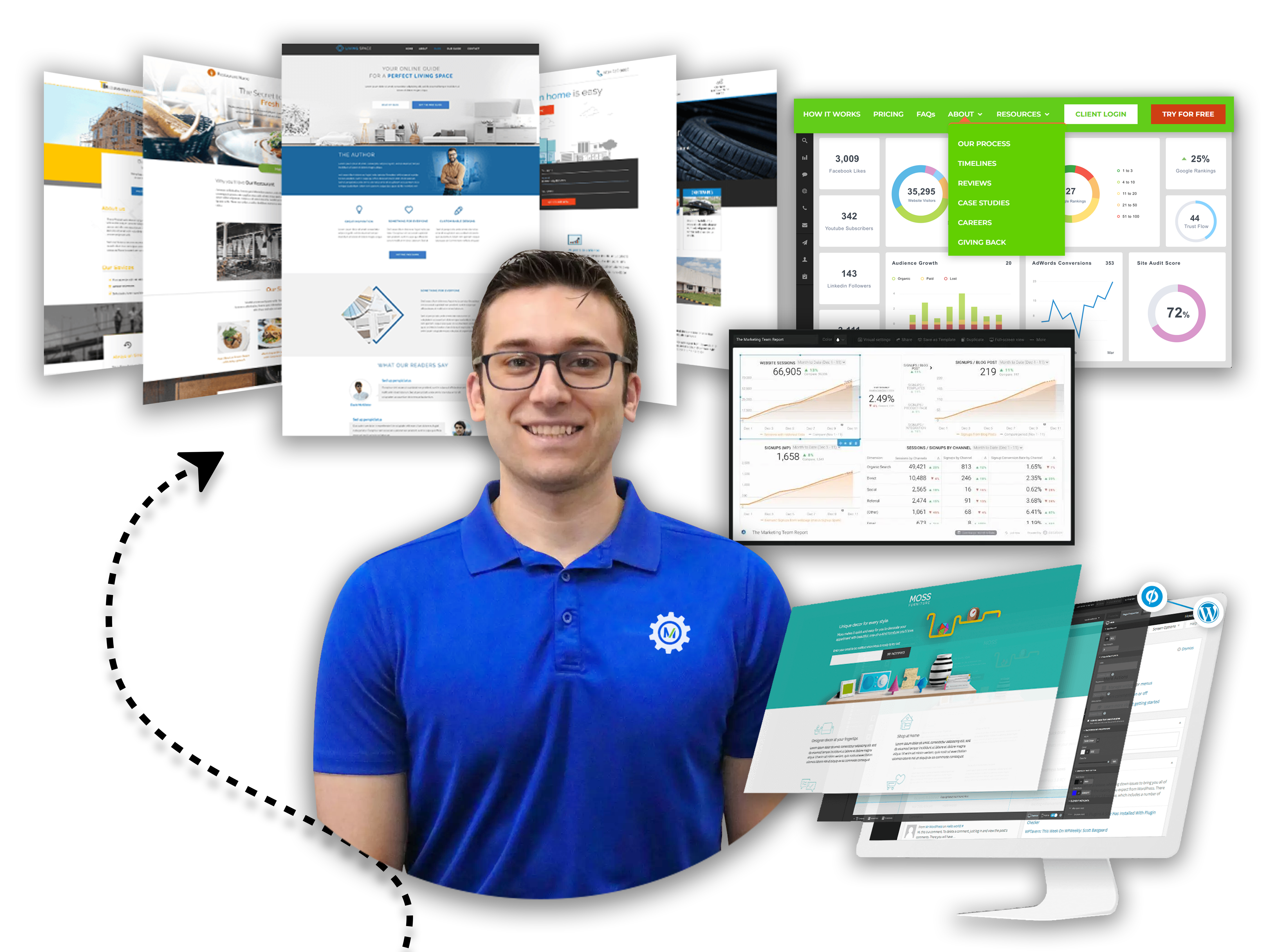How to Engage Your Audience with Live Streaming

Live streaming is the process of broadcasting video and audio content in real time over the internet. Live streaming can be a powerful way to connect with your audience, as it allows you to interact with them directly, share your insights and opinions, and showcase your products or services. Live streaming can also help you increase your brand awareness, generate leads, and drive sales. However, live streaming is not easy. It requires a lot of preparation, creativity, and optimization to succeed. How can you engage your audience with live streaming and create videos that are captivating and compelling? In this article, I will share with you some tips and strategies to help you engage your audience with live streaming, based on the concept of the first principles thinking.
What is the first principles thinking?
The first principles thinking is a way of thinking that involves breaking down a complex problem into its fundamental elements, and then building up a new and original solution from scratch. The first principles thinking is a way of thinking that avoids relying on assumptions, analogies, or conventions, and instead focuses on the essential facts and logic. The first principles thinking is a way of thinking that challenges the status quo and encourages innovation and creativity.
How to apply the first principles thinking to live streaming?
The first principles thinking can be a useful tool to help you engage your audience with live streaming, as it can help you create videos that are relevant, engaging, and persuasive. Here are some steps to apply the first principles thinking to live streaming:
Step 1: Identify the problem
The first step is to identify the problem, which is the challenge or opportunity that you want to address with your live streaming. You need to ask yourself: what is the goal or purpose of your live streaming? What is the problem or need that your audience has? What is the value or benefit that you can offer to your audience?
For example, if you are a software company that wants to promote your new product, your problem could be something like: how can I showcase the features and benefits of my new product to my potential customers and persuade them to buy it?
Step 2: Break down the problem
The second step is to break down the problem, which is to analyze and understand the problem in depth. You need to ask yourself: what are the assumptions, analogies, or conventions that are commonly used to solve this problem? What are the facts, evidence, or logic that support or contradict these assumptions, analogies, or conventions? What are the gaps, flaws, or limitations of these assumptions, analogies, or conventions?
For example, if you are a software company that wants to promote your new product, some of the assumptions, analogies, or conventions that are commonly used to solve this problem are:
- Assumption: Live streaming is similar to webinars or podcasts, and therefore requires a similar format and structure.
- Analogy: Live streaming is like a TV show or a movie, and therefore requires a similar production quality and style.
- Convention: Live streaming is a one-way communication, and therefore requires a scripted and polished presentation.
Some of the facts, evidence, or logic that support or contradict these assumptions, analogies, or conventions are:
- Fact: Live streaming is different from webinars or podcasts, as it allows for real-time interaction and feedback from the audience, and therefore requires a more dynamic and flexible format and structure.
- Evidence: Live streaming is not like a TV show or a movie, as it has a lower production quality and style, and therefore requires a more authentic and personal approach.
- Logic: Live streaming is not a one-way communication, as it involves a two-way conversation and engagement with the audience, and therefore requires a more spontaneous and interactive presentation.
Step 3: Build up a solution
The third step is to build up a solution, which is to synthesize and create a new and original solution from scratch. You need to ask yourself: what are the fundamental elements or principles that are essential for solving this problem? How can I combine and apply these elements or principles to create a solution that is relevant, engaging, and persuasive for my audience?
For example, if you are a software company that wants to promote your new product, some of the fundamental elements or principles that are essential for solving this problem are:
- Element: Audience. You need to know who your audience is, what their demographics, psychographics, behaviors, and preferences are, and what their pain points, goals, and expectations are.
- Element: Content. You need to know what your content is, what your message, story, and value proposition are, and what your features, benefits, and differentiators are.
- Element: Format. You need to know what your format is, what your video length, structure, and style are, and what your video type, genre, and tone are.
- Principle: Relevance. You need to make your live streaming relevant for your audience, by addressing their pain points, goals, and expectations, and by providing them with valuable and useful information, insights, and solutions.
- Principle: Engagement. You need to make your live streaming engaging for your audience, by interacting with them directly, by asking and answering questions, by soliciting and acknowledging feedback, and by creating a dialogue and a rapport with them.
- Principle: Persuasion. You need to make your live streaming persuasive for your audience, by demonstrating how your product or service works, by showing the features and benefits that it offers, and by using testimonials, case studies, and social proof to validate your claims.
Step 4: Implement and evaluate the solution
The final step is to implement and evaluate the solution, which is to execute and measure the effectiveness of your live streaming. You need to ask yourself: how can I launch, monitor, and adjust my live streaming? How can I use data and analytics to measure and improve my live streaming performance and results?
For example, if you are a software company that wants to promote your new product, some of the ways to implement and evaluate the solution are:
- Launch your live streaming. You need to choose the right platform, channel, and time for your live streaming. You need to use high-quality equipment, software, and tools for your live streaming. You need to promote and announce your live streaming to your audience and invite them to join you.
- Monitor and adjust your live streaming. You need to monitor and adjust your live streaming based on the feedback and reactions of your audience. You need to be flexible and adaptable to the changing situations and circumstances of your live streaming. You need to avoid technical issues, distractions, or interruptions that may affect your live streaming.
- Measure and improve your live streaming. You need to measure and improve your live streaming based on the data and analytics that you collect from your live streaming. You need to use key performance indicators, such as views, watch time, retention rate, engagement rate, conversion rate, etc., to measure and evaluate your live streaming. You need to use the best practices and the latest trends to optimize and enhance your live streaming.
Conclusion
Live streaming is a great way to connect with your audience, but you need to know how to engage your audience with live streaming and create videos that are captivating and compelling. By applying the first principles thinking to live streaming, you can create videos that are relevant, engaging, and persuasive. You can also challenge the status quo and encourage innovation and creativity.
I hope you enjoyed this article and learned something new. If you have any questions or comments, feel free to leave them below. I would love to hear from you and help you out. Thanks for reading and happy live streaming!
NEED MORE CUSTOMERS?

At The Marketing Agency, we masterfully design a personalized marketing system that's guaranteed to bring new customers to your business.
How to Excel in Twitter Advertising: Best Practices




